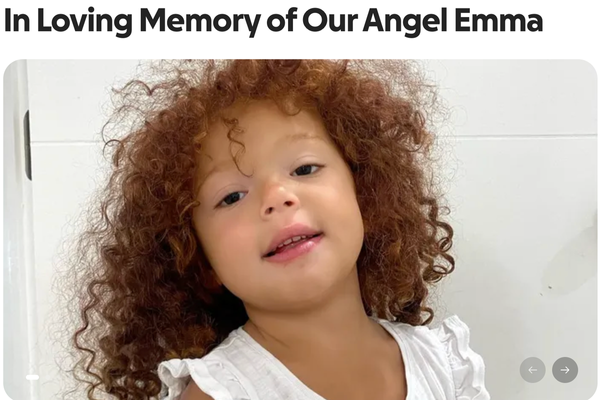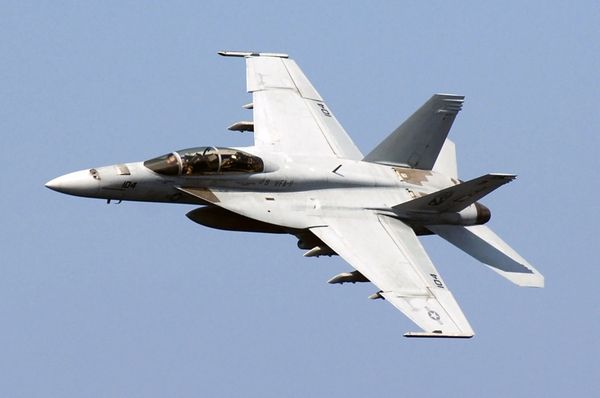Donald Trump met with Volodymyr Zelensky and a large group of European leaders who descended on the White House Monday to support Ukraine’s president, bracing for the possibility of another explosive series of meetings that could change the course of his country’s future.
Six months after a volatile Oval Office meeting, and just days after Trump met with Vladimir Putin in Alaska, Zelensky was greeted warmly upon his return to the White House, where Trump promised a “reasonable” chance of ending Russia’s war with a commitment to U.S. involvement in a peacekeeping force in Ukraine as a shield against further aggression.
A band of top European leaders — including U.K. Prime Minister Keir Starmer and NATO Secretary General Mark Rutte — had rushed to the White House for meetings with Trump before Zelensky’s arrival, hoping to send a last-minute message to the president in Ukraine’s defense and to defend Europe’s interests after more than three years of Russia’s land war into the continent.
Trump, who has fashioned himself as a peacemaker while failing to control two wars in Gaza and Ukraine, has backed Putin’s proposal for Ukraine to cede territory it controls. Before Monday’s meting, he appeared to pressure Zelensky to agree to the autocrat’s demands, claiming Zelensky could end the war “almost immediately, if he wants to.”
But those details were not publicly discussed during Monday’s meetings, appearing to leave room for future talks with Trump, Zelensky and Putin in potential trilateral peacekeeping meetings.
“Everyone is very happy about the possibility of PEACE for Russia/Ukraine,” Trump wrote on Truth Social following Monday’s meetings.
Trump also called Putin himself, he said, and they “began the arrangements for a meeting, at a location to be determined, between President Putin and President Zelensky.”
“After that meeting takes place, we will have a Trilat, which would be the two Presidents, plus myself,” Trump said. “Again, this was a very good, early step for a War that has been going on for almost four years.”
Trump, at an afternoon roundtable surrounded by top European officials, said they would be discussing “possible exchanges of territory, taking into consideration the current line of contact.”
“That means the war zone, the war lines that are pretty obvious, very sad, actually, to look at them and negotiating positions,” Trump said. How those lines are drawn will ultimately come down to potential discussions between Zelensky and Putin, Trump said.
They “are going to work something out,” Trump said.
“Ultimately, this is a decision that can only be made by President Zelensky and by the people of Ukraine working also together in agreement with President Putin,” he added.
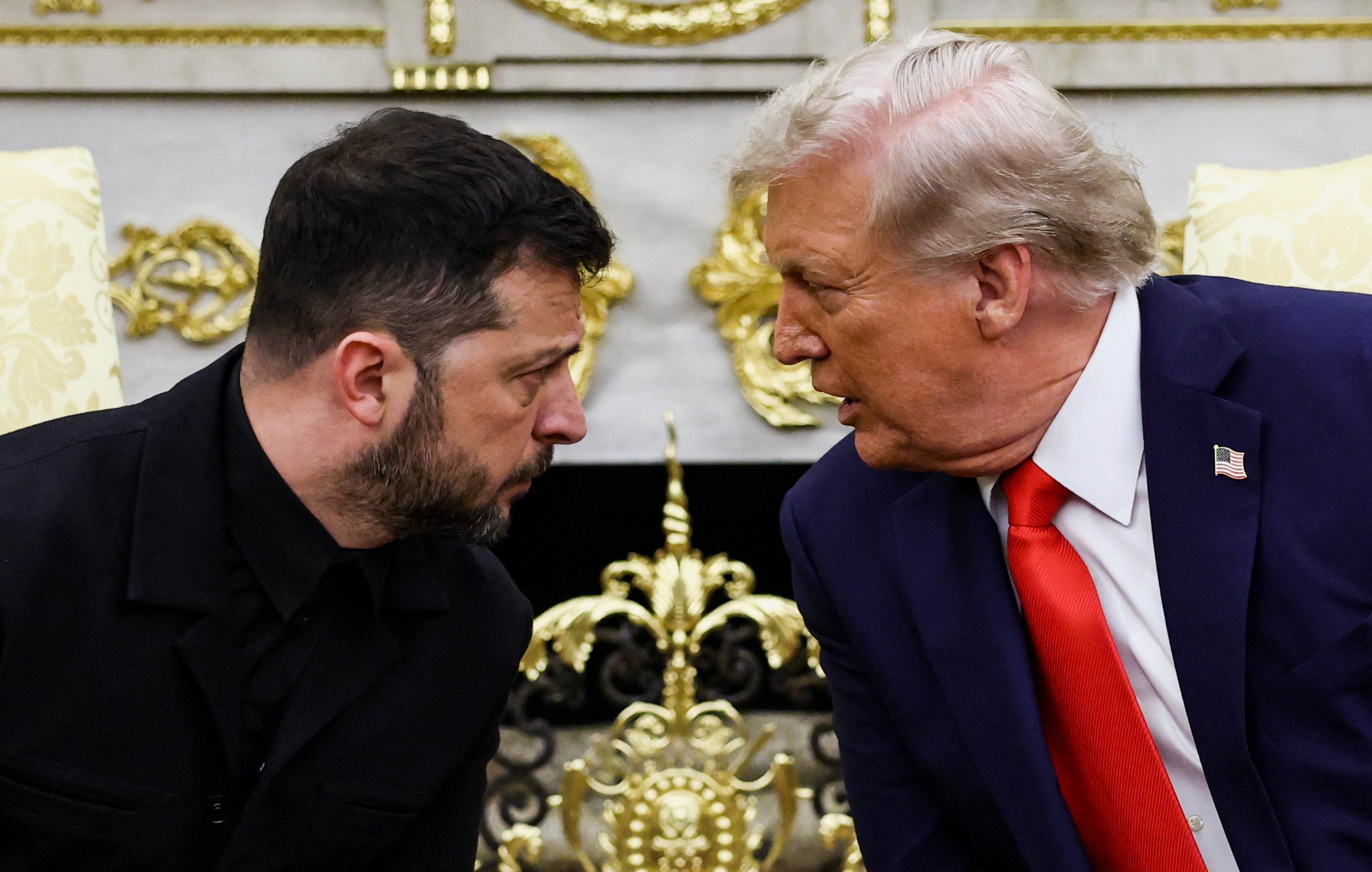
Zelensky had hoped to avoid a second ambush following his February meeting with the president in the Oval Office, where Trump and Vice President JD Vance berated Ukraine’s president in front of a phalanx of news cameras, with Vance accusing Zelensky of never saying “thank you” to the United States for American military support.
In his first remarks following his return to the Oval Office on Monday, Zelensky offered thanks to the president and for his invitation to the White House, and for his efforts to “end this war.”
He went on to thank Trump roughly a dozen times over the course of their meetings.
Trump, who repeatedly pledged during his campaign that he would “end” Russia’s war in Ukraine after taking office, said there is now a “reasonable” chance of ending it.
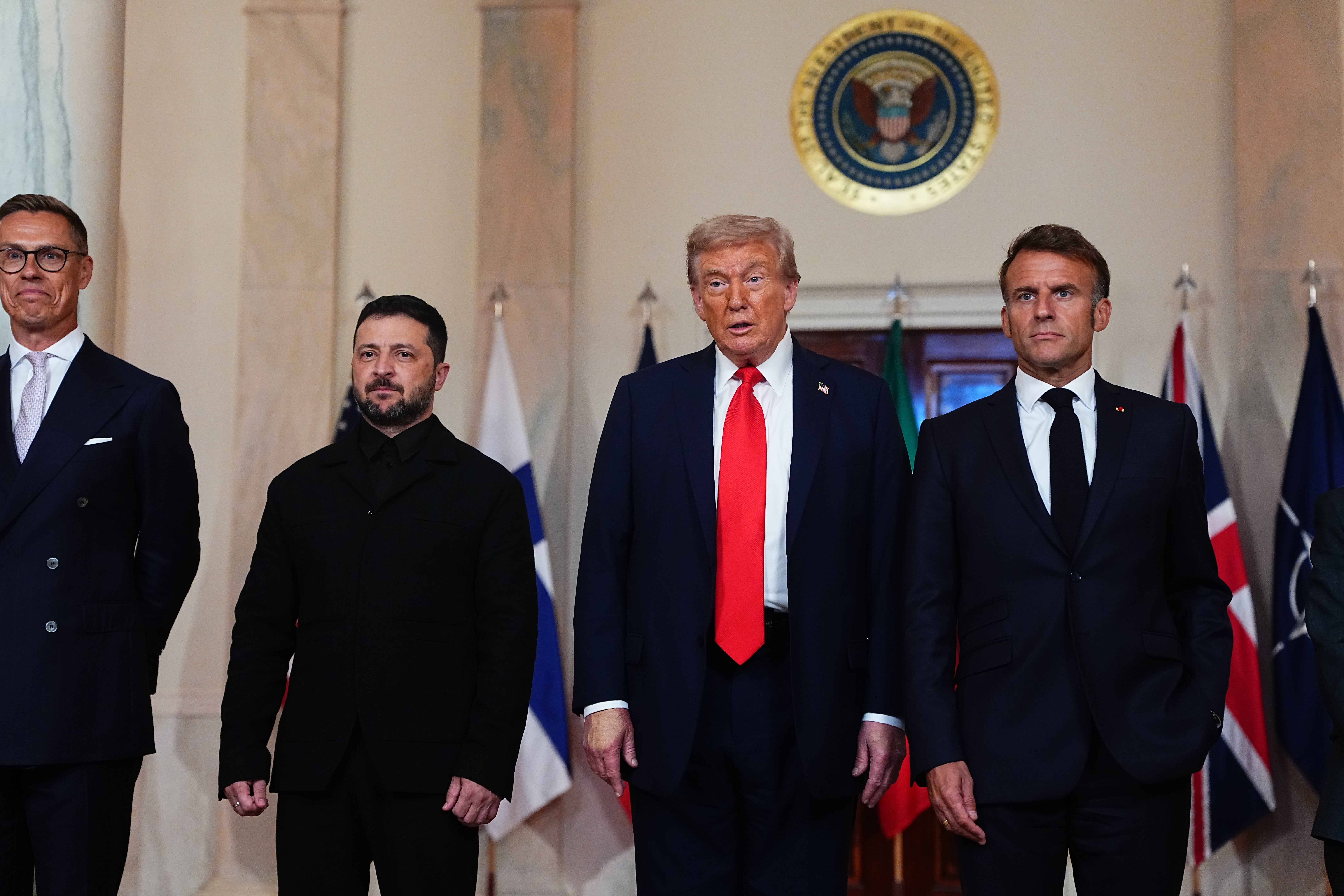
“We’re going to have a lasting peace,” Trump said. “I hope it’s going to be immediately … I think the world is going to be happy when that’s announced.”
Trump, however, did offer a degree of American involvement in vague plans for a security force that would protect Ukrainian territory from further aggression in exchange for Kyiv giving up some of the territory Russia has illegally seized by force.
“There will be a lot of help,” Trump said. “It’s going to be good. They’re a first line of defense, because they’re there, they're Europe. But we’re going to help them out also. We’ll be involved.”
The apparent about-face appears to be the result of intense lobbying by some of the European leaders with whom Trump has enjoyed close relationships, including Starmer, Italy’s Georgia Meloni, Finland’s Alexander Stabb and France’s Emmanuel Macron, all of whom were present for Monday’s meetings.
Russia’s Foreign Ministry has rejected any idea of deploying NATO troops in Ukraine as any part of security guarantees.
“We reaffirm our repeatedly stated position of categorical rejection of any scenarios involving the presence of a military contingent from NATO countries in Ukraine,” the Foreign Ministry said in its statement.
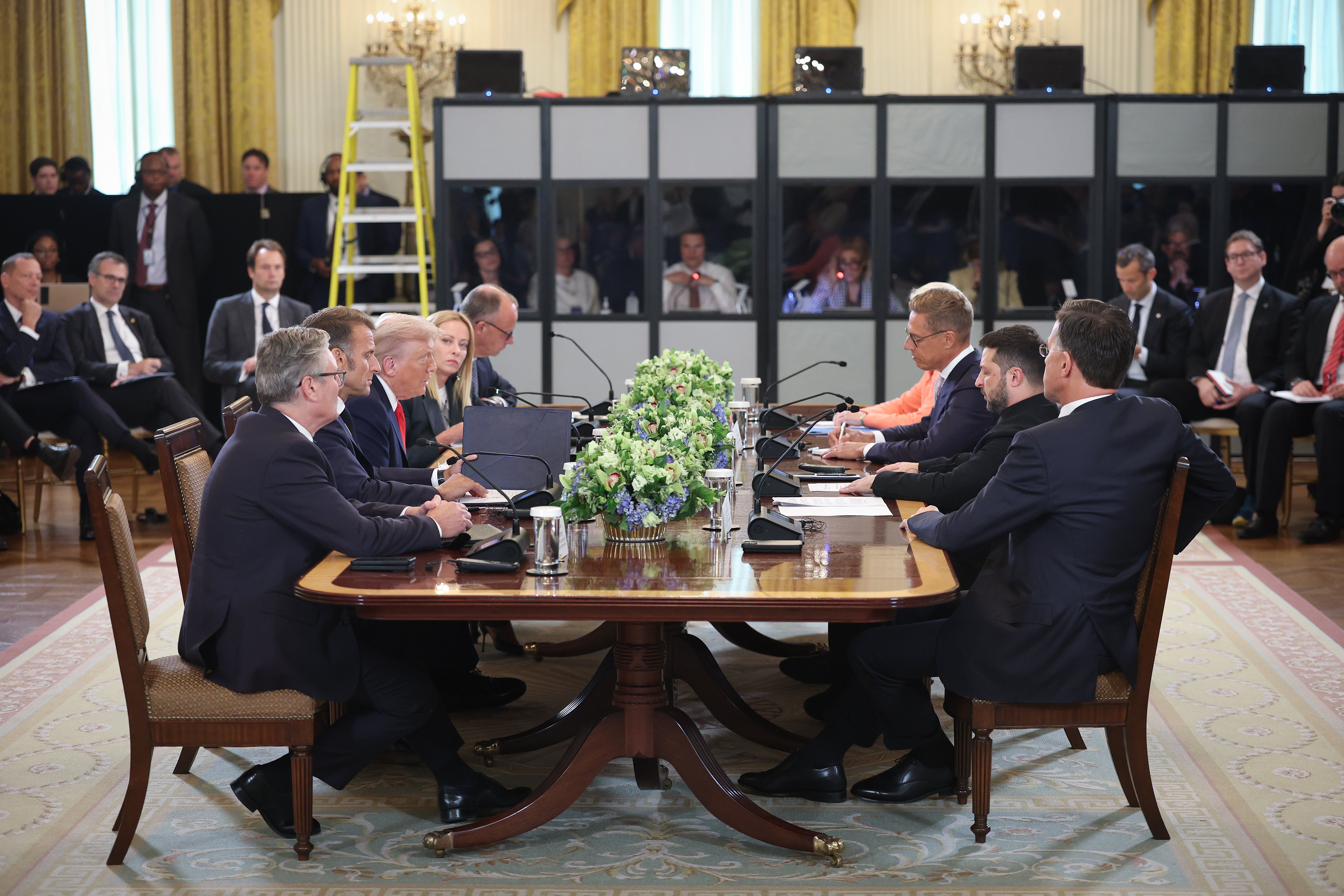
Following a closed-door meeting with Zelensky, Trump and European officials held a roundtable meeting in front of the press, where Trump absorbed praise from his counterparts who made it clear that the pressure is building for the president to broker something real with Putin after months of negotiations.
NATO’s Secretary General Mark Rutte said Trump “broke the deadlock” and could “end this” following Monday's talks.
“The path is open. You opened it,” added German chancellor Friedrich Menz, who has urged the president to press for a ceasefire before the next meeting among Russian and Ukrainian officials.
“The next steps ahead are the more complicated ones,” he added. “I can’t imagine that the next meeting will take place without a ceasefire … Let’s work on that and try to put pressure on Russia.”
Zelensky said “very sensitive points” — including prisoner exchanges — had been discussed in his meeting Trump as he anticipates a trilateral meeting. Trump offered to attend.
“If you want me there, I’ll be there,” Trump said.
“Ukraine will be happy if you will participate,” Zelensky replied.
